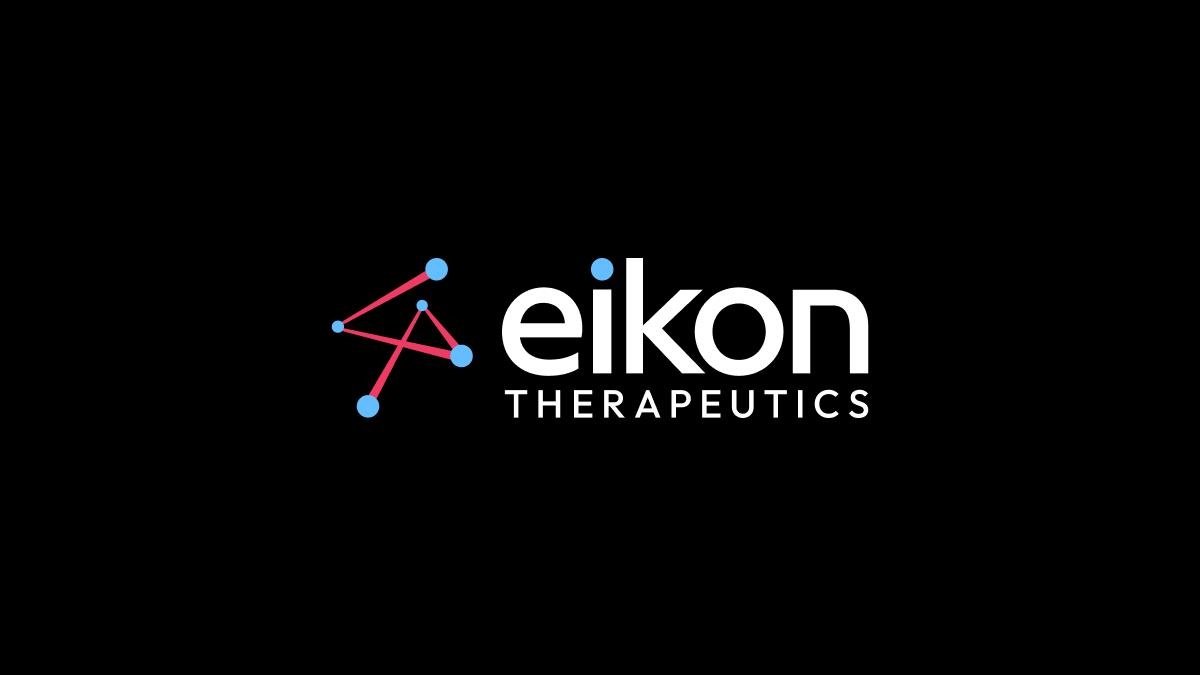Oncotype DX: Breast cancer, genomics, and rethinking the oncology paradigm

EXACT Sciences presented ten new pieces of data at the San Antonio Breast Cancer Symposium (SABCS) back in late 2022, highlighting the impact of its precision oncology portfolio on breast cancer treatment. At that time, pharmaphorum spoke with Dr Simon Holt, surgical oncologist at NHS Wales, discussing the state of breast cancer care in the UK and how products like Oncotype DX can actually save the NHS money in the long run.
Given the recent focus on NHS pressures, the idea that Oncotype DX can relieve strain on cancer services and deal with the over-prescription of chemotherapy is of particular ongoing relevance – especially given that one in ten women will go on to develop breast cancer in their lifetime.
Oncotype DX is a test that predicts the likely benefit that patients – whether they are HR-positive, HER2-negative, or in the early stages of breast cancer – will gain from undergoing chemotherapy.
Dr Holt was involved in the independent UK multi-centre trial that involved 680 women with early breast cancer and lymph node involvement, the results from which showed that the use of Oncotype DX leads to over half of women being spared chemotherapy. The study also showed a 55% improvement in physicians’ confidence in their treatment recommendations, and significant cost savings to the NHS (£1.7m).
“The price of Oncotype DX on the open market is about £2,500 each,” Dr Holt explained. “[Then,] there's the cost of the chemotherapy as well. Now, the cost of chemotherapy is open to a lot of interpretation, but […] in the NHS, a good conservative guess is £6,500.”
“[It’s] about a £770 per patient saving by using the Oncotype DX, in purely economic terms,” he continued. “What it doesn't include, for instance, is the cost of travel for the patients, the cost of the extra medications they might need, the inconvenience, the loss of time at work, which is, of course, borne by an employer or by the patient themselves if they're self-employed. It doesn't include any of that. Actually, the economic gains by not giving chemotherapy are significantly greater than just the chemotherapy costs.”
Making a difference, genomically – avoiding the chemotherapy pathway
Dr Holt began using Oncotype DX personally in around 2009, but it was developed by Genomic Health in 2004. The test has not changed since then: it is a 21-gene (16 breast cancer–related genes and 5 reference genes), reverse-transcriptase polymerase chain reaction (RT-PCR) assay.
“What has changed is that these big long-term trials have proved that the test is as good as it looks as if it is,” Dr Holt said. “It isn't the development phase. It's the phase of biological clinical testing that has taken a long time. As I'm sure you are aware, it always does in cancer trials, in particular where women do go on and live long periods […] but recurrence can occur many years later.”
Indeed, independent clinical evidence from the pivotal TAILORx and RxPONDER trials supported the role of the Oncotype DX Breast Recurrence Score test, a genomic test that predicts chemotherapy benefit in early-stage breast cancer patients. Needless to say, the data presented at SABCS was very well received.
“Most people were quite surprised how much difference the use of Oncotype DX in HR-positive patients made,” Dr Holt explained. “It was received with a lot of enthusiasm, especially from hard-worked and overworked oncologists.”
“[Oncotype DX] was developed initially by Genomic Health,” he explained. “They looked at about 600 cancer-related genes. What they did was, they found the tissue blocks, the tumour tissue from a large number of patients who'd been treated a long time ago with chemotherapy. They knew the outcomes. What they then did was, they tested the levels of expression of each of these cancer genes in the tumour and tried to see whether this correlated in any way with the result, with the final outcome – whether it was a predictor for good outcome or bad outcome. Then, when they'd whittled the number of genes down to a smaller number, they looked to see whether each of the genes was independent, because obviously some of the genes were fed in the same pathway, for instance, the same cancer pathway.”
“Then, by statistical methods, they managed to take out 16 genes, which all had independent predictive value for the outcome of the cancer treated with chemotherapy,” Dr Holt continued. “From the scientific point of view, they had to add in five other genes, which are used to gauge the amount of degradation of the RNA, which is what they were measuring actually […] By using these ‘control genes’, as they call them, they were able to work out how degraded the RNA was generally, and use the multiplier to bring it up to a standard level. Then, they took these 16 genes and grouped them into five different groups, each weighted according to how important it turned out to be.”
Predicting patient outcomes, finding the most beneficial treatment
From this is derived what is called a ‘recurrence score’.
“Roughly, the recurrence score is from zero to 100,” Dr Holt explained. “With zero, the risk of the disease progressing beyond after being treated with surgery and hormone therapy is extremely small. On the other hand, when the score gets up in the 60s, 70s, 80s – I've never actually seen 100 – but when they get up higher than about 60, then the risk of those patients progressing to develop metastases is very high. Those are the particular patients who could well benefit from the addition of chemotherapy to the hormone therapy that they're all taking, anyway.”
All women with hormone-positive breast cancer will receive at least five years of hormone therapy. Where Oncotype DX comes in is that it is basically designed to help the oncologist decide whether the addition of chemotherapy will, in fact, be of benefit to the patient.
“Using the TAILORx trial criteria [patients who did not have lymph nodes involved] and Oncotype DX for node-negative patients, we can pick out about 80% of patients who don’t need chemotherapy,” Dr Holt said. “[This spares] a lot of patients chemotherapy because, before this test came along, the standard of care was to give chemotherapy to everybody, but the reality was that, of course, it only benefited about one in 20 of the patients it was given to.”
“You had to give 19 patients chemotherapy with all the side effects, long-term side effects, and inconvenience [just so as] to get one patient who would actually benefit from it,” he continued. “What the Oncotype DX does is, it picks out a considerable, not all unfortunately yet, but 80% of the patients, [who] have [been] spared chemotherapy.”
“We are still, therefore, giving chemotherapy to four patients for one to gain, but that’s far better than giving chemotherapy to 20 patients for only one to gain,” he reasoned. “Not only to the patient, but – of course – the whole of the healthcare system as well.”
Lessening pressure on the NHS, building patient trust
The second group of patients studied were node positive patients.
“These are patients who've got one to three lymph nodes involved, so they're still considered to be early breast cancer,” Dr Holt explained. “They've obviously got to be HR-positive and HER2-negative as well, the same as the early, early breast cancer [cases]. Now, in that group, obviously, more patients do tend to get recurrence, and therefore the standard of care has up to this point been, ‘Give everybody with node-positive breast cancer chemotherapy’.”
“In reality, about one in nine or one in eight of the patients is benefitting from it,” he said. “Some, I'm afraid, go on to get recurrence anyway, but still, a good number of patients never needed it in the first place. We are applying Oncotype DX to that. Now, we can spare approximately 50% of women who are tested [from] having chemotherapy. Obviously, there are still quite a few women who need the chemotherapy. It's not quite as good a discriminator, but reducing the number of patients who have to have chemotherapy has huge benefits all around. Everybody's a winner […] It's cheaper to do it that way; the patients are spared the inconvenience. What's more, we also know that it increases the confidence of both the patients and the oncologists in the treatment that they're giving.”
There’s also the very real element of trust; belief that the treatment prescribed is the treatment that will enable a patient to live their life as fully as possible.
“If you have more confidence in what's being done to you, and you have more confidence that you are having chemotherapy because you genuinely need it, it makes it easier to go through the rigours of it,” Dr Holt said. “On the other hand, if you didn't need the chemotherapy, then it gives you that additional confidence that you are going to do well in the future. It's important for women not to be just cured of breast cancer, but to have the confidence to go on and live the rest of their life. Some will get it back, but, if you've got greater confidence, your quality of life is inevitably better.”
The cruel fallout of chemotherapy
When you consider the long-term side effects of chemotherapy, the benefits of Oncotype DX, avoiding treating patients with chemo who don’t really need it, are clear.
“The long-term side effects: probably the biggest is a decrease in mental facility that goes with chemotherapy,” Dr Holt explained. “The increased amount of anxiety and depression, as well, is important. There's some hint that there's an increase in the risk of Alzheimer's disease with chemotherapy. There are also problems with certain types of chemotherapy. You can lose your nails and they never quite grow back, [for example].”
“Hair loss is obviously a significant cosmetic matter to women,” he added. “Although, generally, their hair does regrow, it never quite regrows as it was. Some are left, unfortunately, requiring wigs for the rest of their life unless, of course, they prefer to go androgynous and wish to appear bald, but nevertheless, it probably affects them. Then, of course, there's the problem of the cardiotoxicity of some of the anthracyclines, in particular, which are very commonly given in breast cancer. There's the problem of potential long-term heart damage with this. There're a lot of significant problems.”
There is also an increased risk of developing blood cancers, such as leukaemia, in approximately 1% of patients.
“The paradigm needs rethinking,” Dr Holt urged. “The current thinking is, you get chemotherapy if it might benefit you. I think we should be giving chemotherapy to those that we can prove it will be of benefit to if you can see it's the contrary feeling. We are going to have to start sorting out who we're giving what to and predict who's going to benefit from it, rather than just giving it to everybody. Gene expression analysis generally, not just Oncotype DX, is going to become increasingly important in that field, choosing individual treatments for patients’ particular tumours.
“In my view, [chemotherapy’s] time is numbered because the only truly effective body defence against tumours is your immune system [and] when you give chemotherapy, you’re knocking out the immune system,” Dr Holt said. “What we really need to be doing is identifying a unique antigen in the tumour, which somebody has developed, and then direct their own immunity against it. Now, that's the way to get a cure of disease, not just temporary control, which is what chemotherapy generally offers.”











